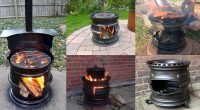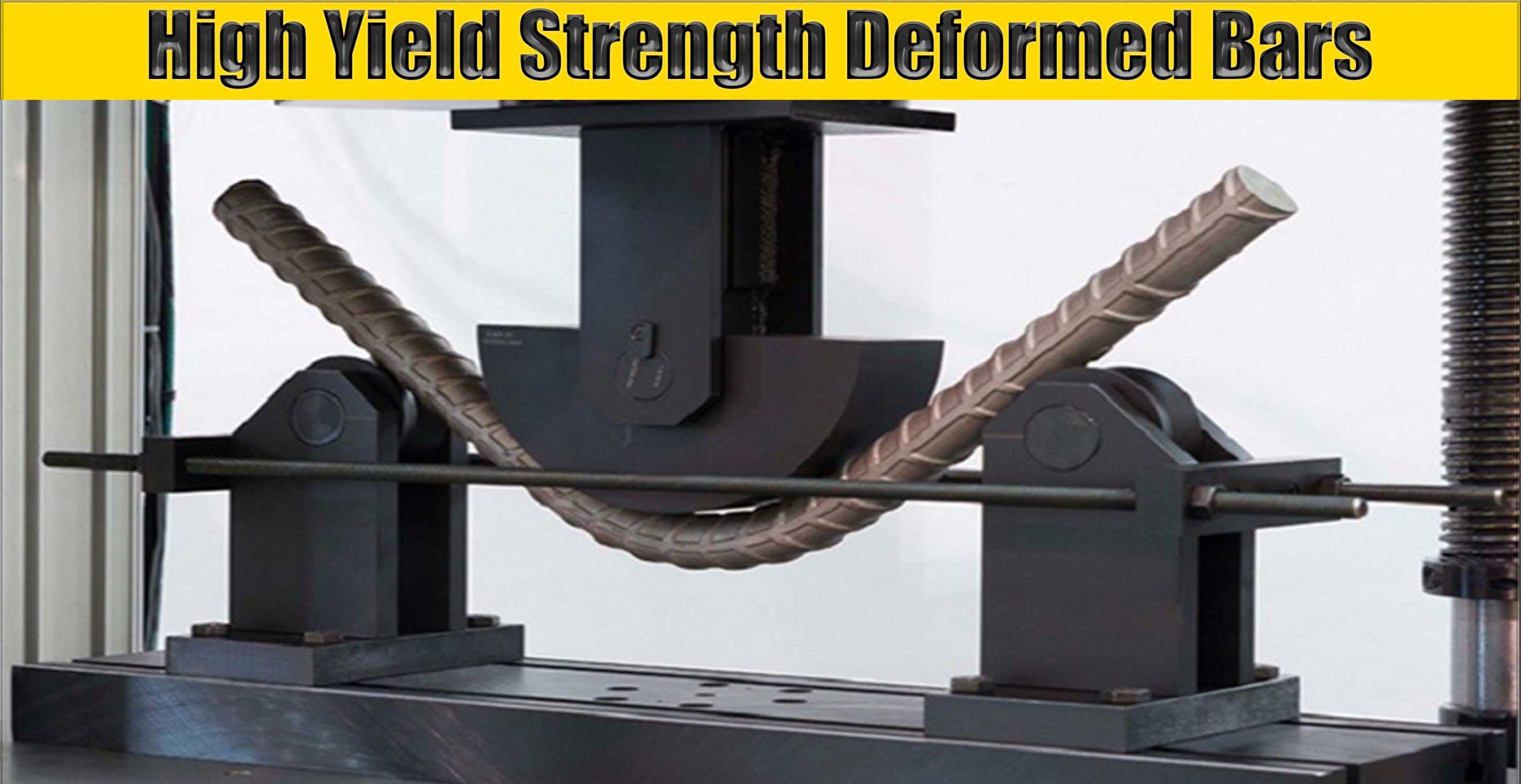These are also known as HYSD bars. They have a higher percentage of carbon as compared to mild steel. Their strength is higher than that of mild steel.
These bars are available as two types
1- Hot-rolled high yield strength bars.
2- Cold worked high yield strength bars
The (2) type of steel is also called as CTD (Cold Twisted Deformed) bars or Tor steel and are available in two grades. Deformed bars are represented by symbol #.
1- Fe 415 or Tor 40
2- Fe 500 or Tor 50
A twisted deformed bar has about 50% higher yield stress than plain bars. A deformed bar has corrugation or ribs on the surface of the bar, to increase the bond and prevent slipping of the bar in concrete. These bars do not show a definite yield point. So, the yield point is taken as 0.2 per cent proof stress, which is determined from the stress-strain curve as follows:
1- Draw a line parallel to the initial stress-strain curve, corresponding to a strain value of 0.002 (0.2 per cent).
2- The point where this line cuts the stress-strain curve is taken as the yield stress or 0.2 per cent proof stress.
HYSD bars are preferred as reinforcement in R.C.C. over plain mild steel bars, due to following reasons.
Higher Strength:
HYSD bars have yield strength, higher than that of plain mild steel bars.
Better Bond:
The HYSD bars have a better bond with concrete due to corrugations or ribs on the surface of the bars. As per IS 456: 2000, the bond strength of HYSD bars is 60 per cent greater than the plain mild steel bars.
Economy:
The cost of HYSD bars is approximately the same as mild steel but the use of HYSD bars leads to the overall economy as the amount of steel required is less, due to its higher strength

